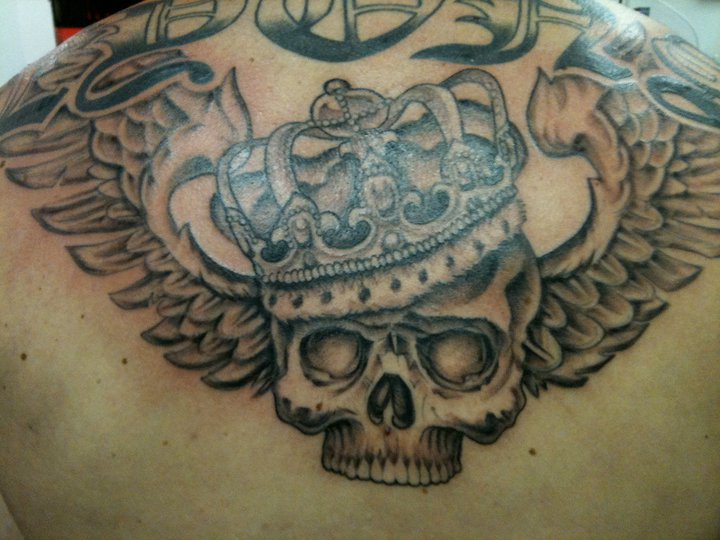
She cited numerous incidents of sexual assault in tattoo parlours in Canada and the US. While both agree that talent trumps sexism every time, Prieur admits, the industry still has some way to go before women are fully accepted. Prieur, who is mostly self-taught, received advice from friends when she was starting out, which has helped her to hold her own in her field. This, Pierce believes, makes it more challenging for women to get their break in a studio or to find a mentor to teach them the trade. Luxembourg has taken great pains to formalise the sector, recently introducing a law that requires practitioners to undergo formal hygiene training.īut, it remains a career for which there is no school or formal teaching route in tattoo art available. The fact that women are increasingly getting tattoos has, Prieur suggests, encouraged more women artists to enter this field. They haven’t always been so welcome and so have been less visible.” To emphasise the point, Pierce points out that of the 30 artists operating in Luxembourg, just three are women. “Women have had to fight to get their place. While women artists are becoming increasingly sought out for their work for this reason, that does not mean they have an easy ride. A woman works on a tattoo at the 2017 Ladies Tattoo Convention “It’s not true for all women but there’s perhaps more detail and care given by women tattoo artists,” says French artist Laurren Prieur (Sookie) who runs Fenêtre sur Cour, near Metz. A big part of this diversification can be credited to women artists who are associated with finer artwork. Now we have designs which are a lot more abstract,” organiser of The Storm Women’s Tattoo Convention Scylla Pierce tells Delano. While pop culture is a big champion for tattoos, it could also be argued that the industry growth has been fuelled to the range of styles available today and the professionalism of artists who earn their customer’s trust. Delano was unable to find value for the industry in Luxembourg, however, there are thought to be some 30 tattoo artists practising in the grand duchy.

Educated young men and women with a healthy disposable income have been driving a global industry worth an estimated $50 b in 2016. The renaissance of this art, once confined to sailors, criminals and bikers, is not unique to Luxembourg. The proportion is likely higher among under 40s-Bergdoll says that most of her female friends and peers are tattooed. A 2016 TNS Ilres survey found that a quarter of the population polled had at least one tattoo. While tattoos are not a new phenomenon, the number of people getting inked is exploding. Bergdoll’s case is far from rare in Luxembourg.

I think it’s an expression of who I am,” she explains. A rose peeping out from under a skirt line, an intricate lacey band of ink around a finger and, her favourite, R2D2 on the inside of her arm-a nod to her Masters thesis on the music of “Star Wars”.


You would not know it, though, since most of these creations are barely visible. Half a decade later and Bergdoll now has ten tattoos of which one, a stunning cherry blossom tree on her back, now covers that first ink experience. Music had always been a big part of my life,” she recalls, adding: “My family weren’t surprised but they said ‘that’s the only one you’re getting’”. The inclusive music project assistant got her first tattoo at 18. It all began with music, Sarah Bergdoll tells me.


 0 kommentar(er)
0 kommentar(er)
